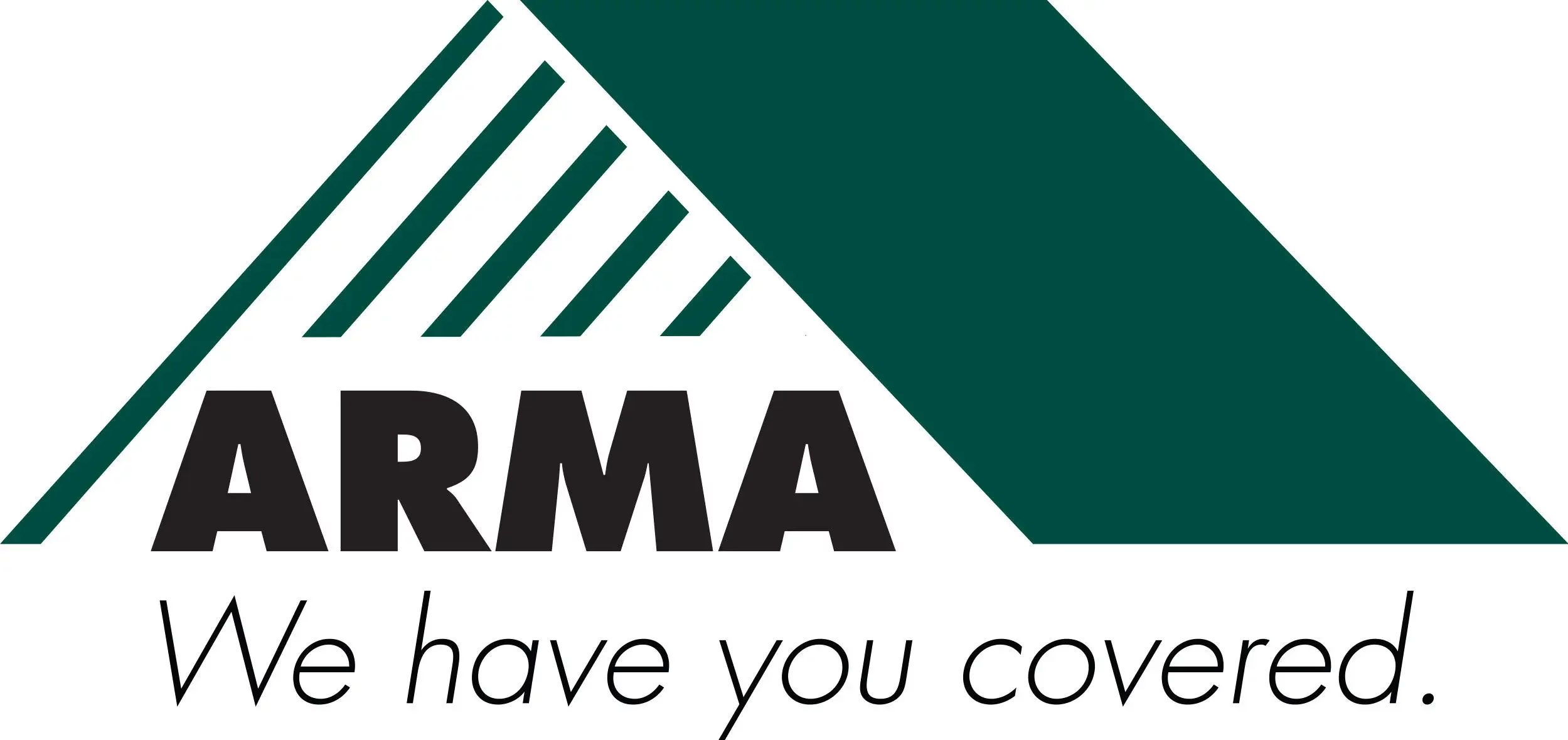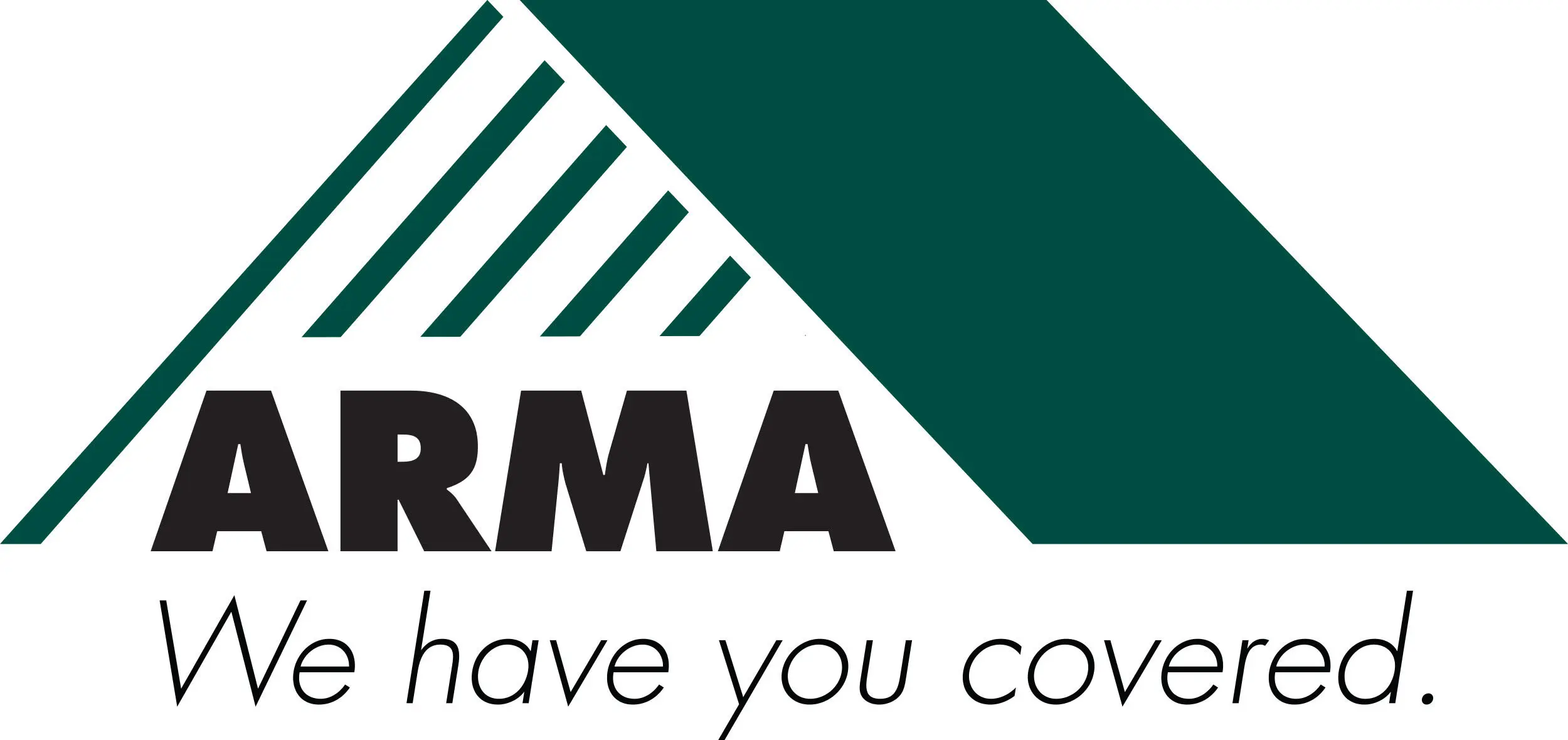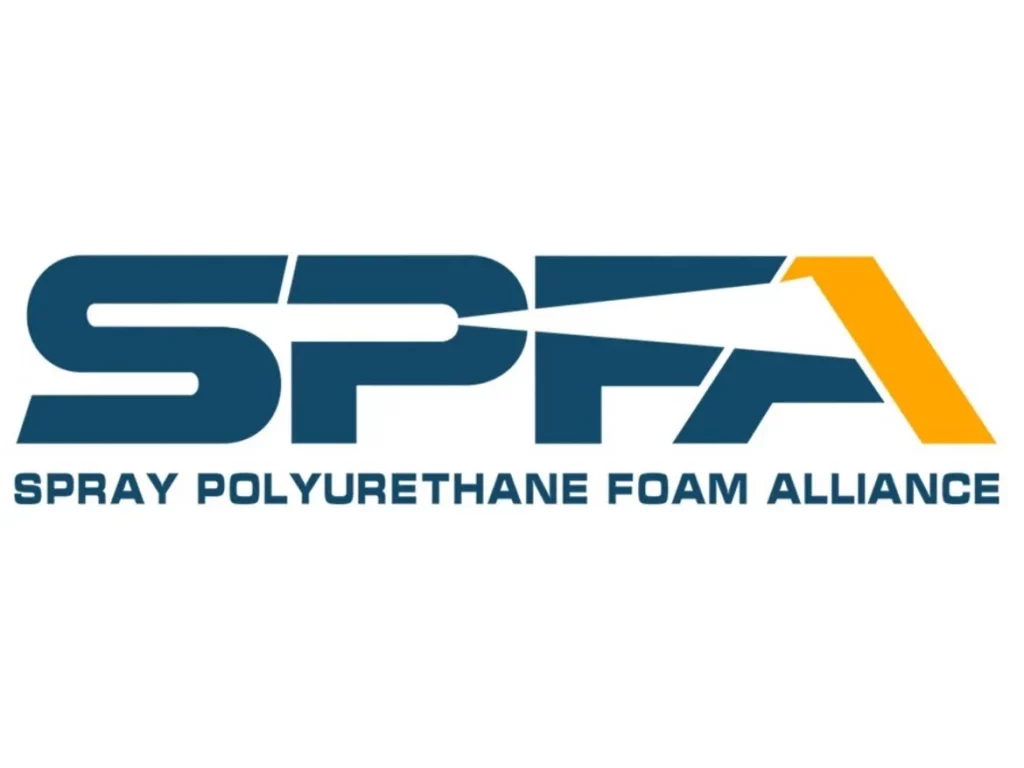Insulation inspections in Wichita should be scheduled before peak seasonal changes—ideally in late summer and late winter. This timing ensures your system performs optimally during the extreme temperature months that follow. Residential and commercial buildings over 10 years old, or those showing signs of moisture, inconsistent temperatures, or rising utility bills, should be inspected without delay.
In Wichita’s climate, which experiences hot summers and cold winters, insulation plays a key role in energy efficiency and comfort. Identifying and correcting insulation issues early can prevent structural damage, indoor air quality problems, and energy waste. Arma Coatings of Wichita brings extensive hands-on experience with local building codes, thermal performance standards, and spray foam technologies to every inspection and installation.
Indicators You Need an Insulation Inspection
Visible or Measurable Signs
- Unusual indoor temperature shifts
- Rising energy bills with no change in usage
- Condensation or moisture on walls and ceilings
- Drafts in insulated areas
- Indoor humidity problems
- Pest intrusions near wall cavities or attic spaces
Seasonal Triggers for Wichita Climate
| Inspection Timing | Reason for Scheduling | Temperature Relevance |
|---|---|---|
| Late Winter | Detect cold weather heat loss, prep for summer HVAC loads | Prepares for high cooling demand |
| Late Summer | Check summer performance, prep for winter loads | Prepares for heating needs |
| Post-Storm | Inspect for water intrusion, insulation damage | Identifies storm-related breaches |
| Pre-Renovation | Ensure insulation compatibility with project scope | Validates existing coverage |
Technical Parameters and Material Durability
| Material Type | Avg. Lifespan | Inspection Frequency | R-Value/inch | Typical Issues Detected |
|---|---|---|---|---|
| Open-Cell Spray Foam | 20+ years | Every 5-7 years | 3.5 – 3.7 | Moisture absorption, air leaks |
| Closed-Cell Spray Foam | 30+ years | Every 8-10 years | 6.0 – 7.0 | Shrinkage, void formation |
| Fiberglass Batts | 10-15 years | Every 3-5 years | 2.9 – 3.8 | Settling, compression |
| Cellulose | 20 years | Every 5 years | 3.2 – 3.8 | Moisture retention, settling |
Bonus Tip
Use infrared thermography during inspections to locate thermal bridging and hidden air leaks not visible during visual assessments.
Things to Know Before Scheduling
- Building Age: Properties over a decade old may have outdated or deteriorated insulation materials.
- HVAC Efficiency Issues: Short cycling, overworking, or uneven cooling/heating often point back to insulation failures.
- Roof Condition: Roof leaks can directly compromise insulation layers, especially spray foam and fiberglass.
- Energy Audit Data: Comparing recent energy use to historical averages can reveal gradual losses in insulation performance.
- Ventilation Status: Poor ventilation often hides insulation problems behind condensation or mold development.
Bonus Tip
If you’ve had pest control work done, schedule an insulation check rodents and insects often damage insulation barriers.
Related Services from Arma Coatings of Wichita
- Closed-Cell Foam Insulation: High R-value and moisture resistance; ideal for Kansas weather swings.
- Residential Foam Insulation: Improves comfort, reduces air leakage in homes built pre-2010.
- Spray Foam Air Barriers: Adds airtight seals to control air movement and indoor climate.
- Roof Restoration: Identifies compromised roof insulation and applies restoration coating for thermal retention.
Final Thoughts
Schedule insulation inspections during late summer or late winter to prepare your property for peak energy demands. Address signs of degradation early to avoid performance losses and indoor comfort problems. Use inspection results to make informed decisions about upgrades or targeted repairs.
Contact Arma Coatings of Wichita
To arrange a professional insulation inspection or discuss solutions for your property, contact Arma Coatings of Wichita.
Call (316) 779-2430
or email [email protected]
For expert guidance based on Kansas climate conditions and real-world application experience.
Common Questions Before Scheduling
What happens during an insulation inspection?
Thermal imaging, visual assessments, and material testing are used to locate energy loss and physical degradation in insulation layers.
How long does an inspection take?
Standard inspections last 1 to 2 hours depending on the size of the structure and the complexity of access areas.
Does insulation always need replacing after inspection?
Not always. Some issues can be resolved with minor sealing, added ventilation, or spot-filling degraded zones.
Can I inspect insulation myself?
You can look for obvious problems like water stains or drafts, but diagnosing performance loss accurately requires professional tools and training.
Long-Term Considerations and Practical Advice
How often should insulation be inspected?
Residential properties: every 5-7 years. Commercial or industrial buildings: every 3-5 years depending on usage and occupancy.
What insulation types work best in Wichita?
Closed-cell spray foam performs best due to its higher R-value and ability to resist Kansas humidity and temperature swings.
How can I prevent insulation failure?
Maintain your roof, manage indoor humidity, and schedule regular inspections to catch early degradation.
Can insulation affect indoor air quality?
Yes. Damaged or wet insulation can harbor mold and reduce air quality. Properly sealed insulation improves both comfort and health.




